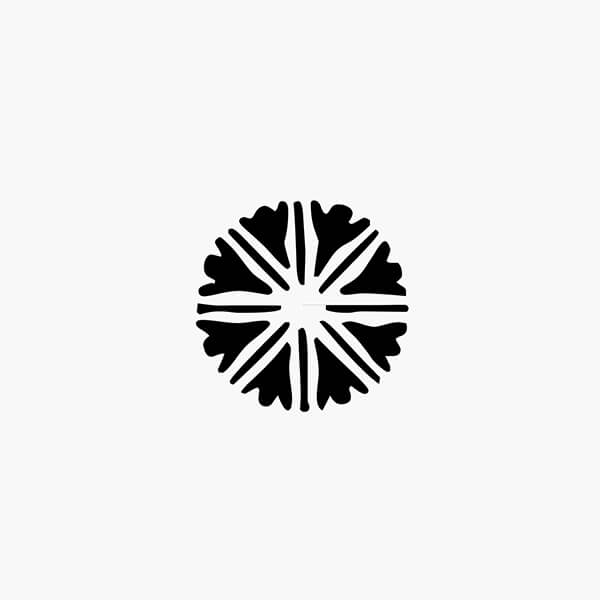
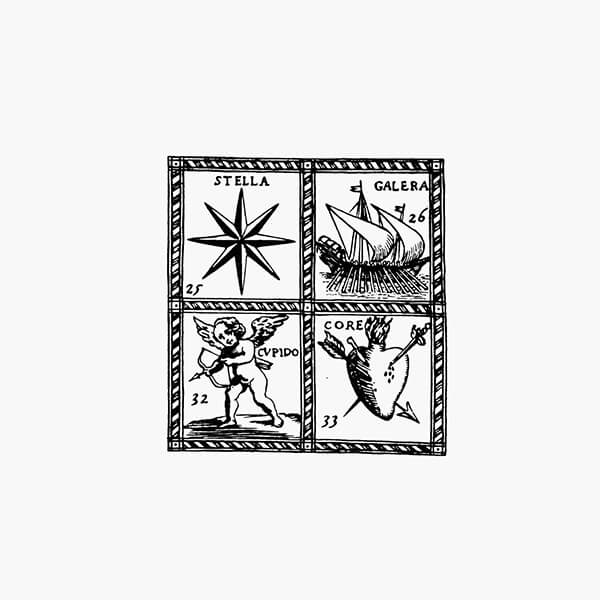

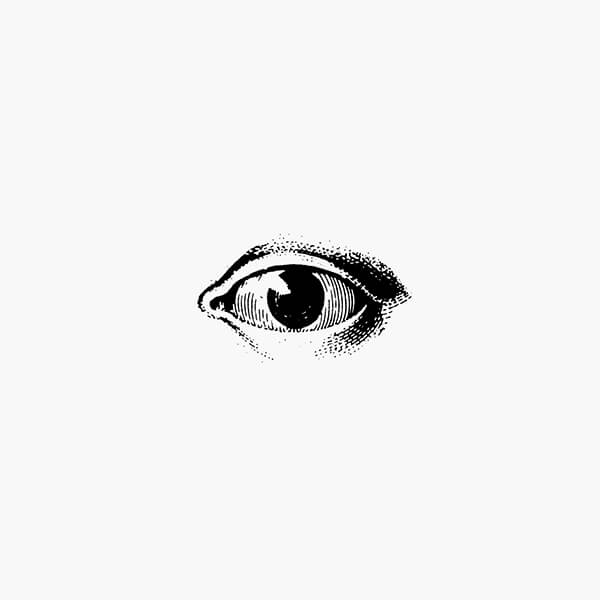

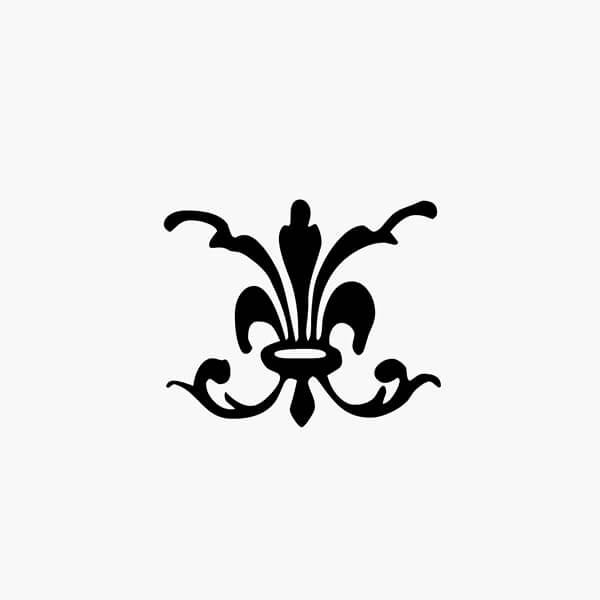


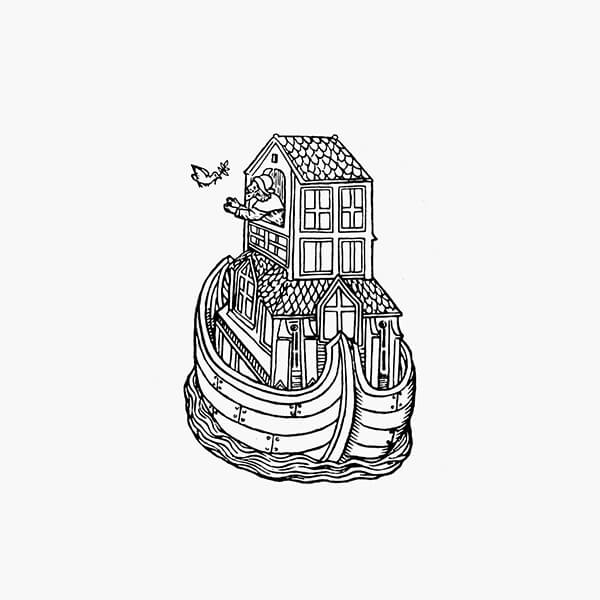
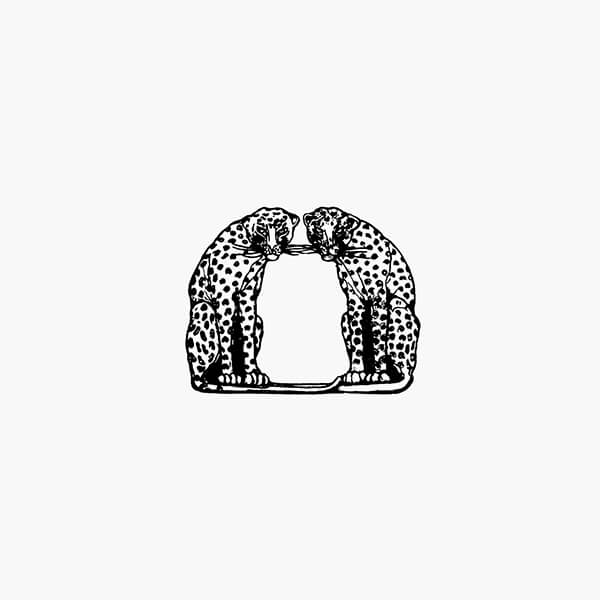

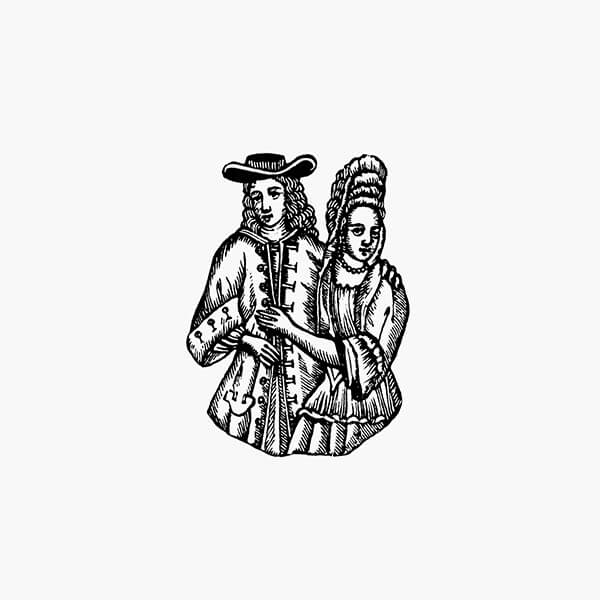
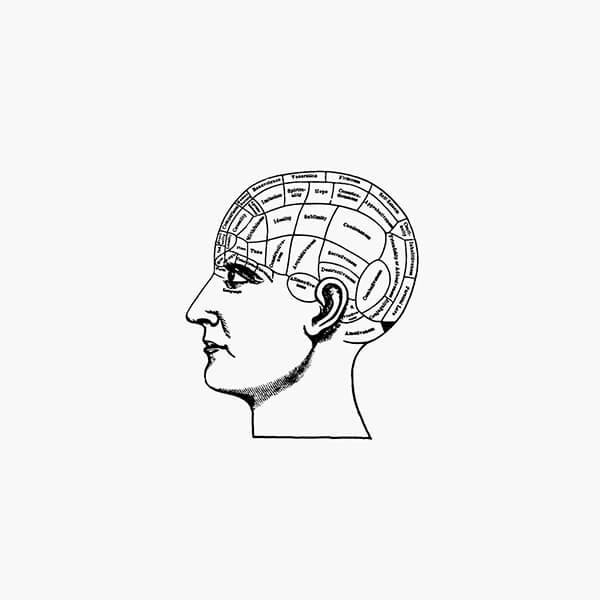
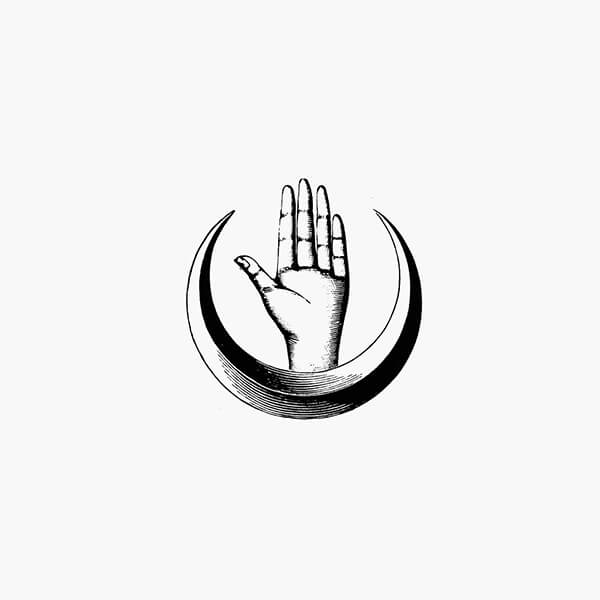

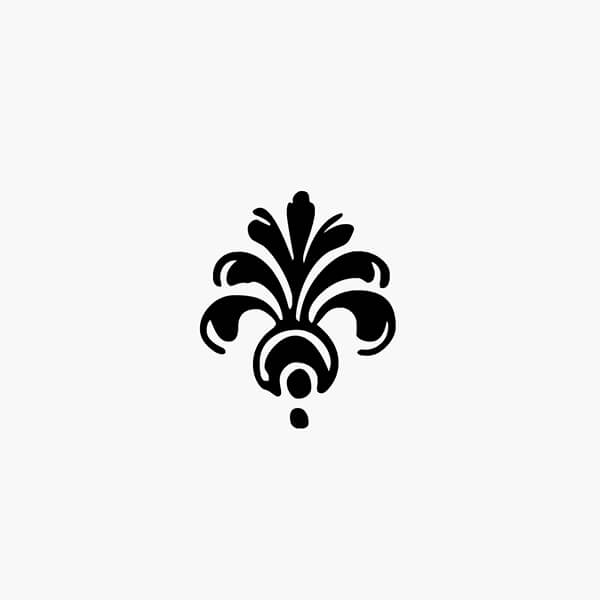





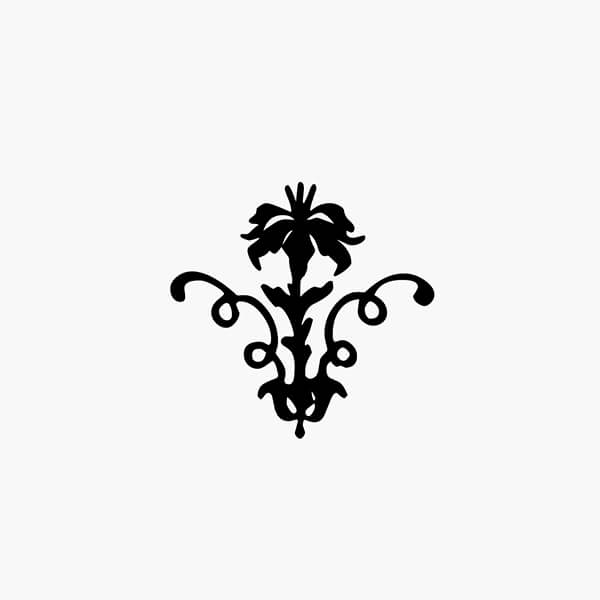






Blue Library
9835 La Fata delle Briciole
Charles Nodier. Introduction by Pietro Citati
1973 / 288 PAGES.
Language: Italian
A sort of sleepwalking epic poem and lazy catalogue of imagination and power, La Fée aux Miettes (“The Crumb Fairy”) centres, like a coat of arms, on the figure of the Queen of Sheba – symbol of Womanhood and of the East, source of magic and patron of all forms of Surrealism.
If Charles Nodier had lived in ancient times, he would have been one of those excessive, capricious and poetic scholars who collected all sorts of information in their notebooks. Born at the end of the 18th century, when a myriad of books covered the face of the universe with a feverish dust, Nodier became one of the keenest librarians and bibliophiles of his time. When he wrote La Fée aux Miettes (“The Crumb Fairy”), he sought to decorate and satirise his tales like a Baroque writer, making them as endless and extravagant as Oriental stories, as buffoonish and esoteric as The Magic Flute, and colouring them with the picturesque clichés of romantic mythology.